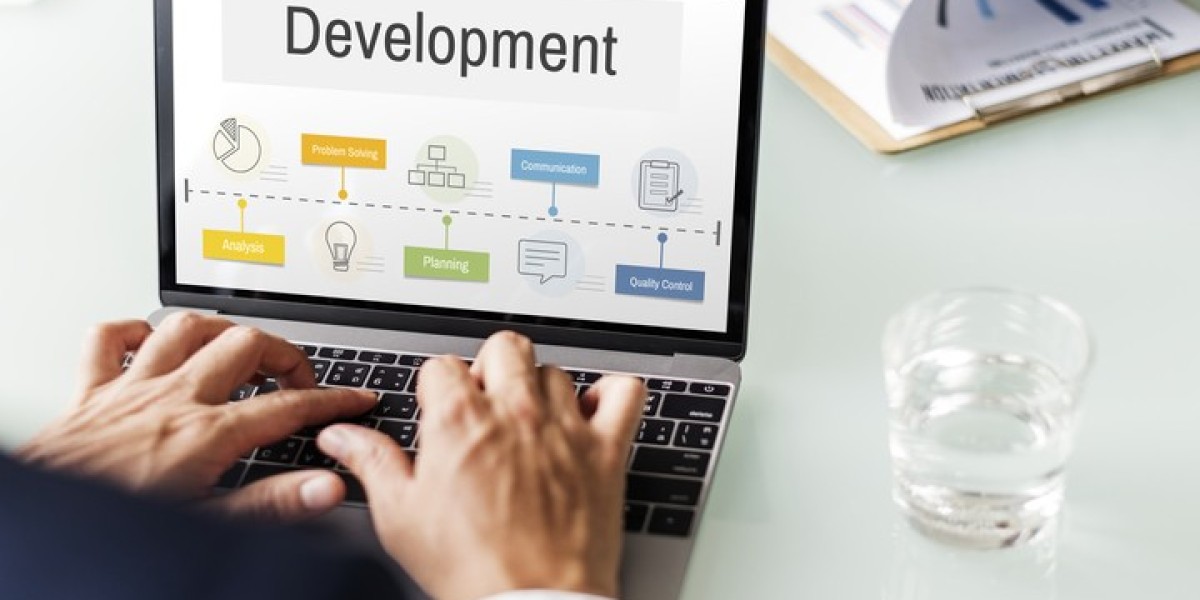Why Develop a Radio Station App?
Expanding Reach and Accessibility
The primary reason for developing a radio station app is to expand your station’s reach beyond the limitations of traditional broadcasting. A mobile app allows your audience to tune in from anywhere in the world, increasing your station's accessibility and broadening your listener base.
Enhancing User Engagement
Radio station apps provide interactive features that enhance user engagement. Features like song requests, live chats, social media integration, and more, allow listeners to interact with the station in real time, making the experience more engaging and personalized.
Monetization Opportunities
With the rise of digital platforms, there are numerous ways to monetize a radio station app. From in-app advertisements to premium subscriptions and sponsorships, a well-developed app opens up new revenue streams that can significantly boost your station’s income.
Understanding the Radio Station App Development Process
Market Research and Analysis
The first step in developing a radio station app is conducting thorough market research. Understanding your target audience, identifying competitors, and analyzing the market trends are crucial for developing an app that meets user expectations. This phase also involves gathering user feedback, which can inform the app's feature set and design.
Defining the App’s Core Features
Once the market research is complete, the next step is to define the core features of the app. These features should align with your station’s goals and the needs of your target audience. Core features typically include live streaming, podcast integration, user interaction tools, and push notifications.
Choosing the Right Technology Stack
Selecting the appropriate technology stack is critical for the app’s performance, scalability, and maintenance. The technology stack includes the programming languages, frameworks, and tools used in app development. For a radio station app, the tech stack might include:
- Front-end Development: React Native, Flutter, or Swift for iOS and Kotlin for Android.
- Back-end Development: Node.js, Python, or Ruby on Rails.
- Streaming Services: SHOUTcast, Icecast, or Wowza Streaming Engine.
- Database: MySQL, MongoDB, or Firebase.
- Hosting: AWS, Google Cloud, or Microsoft Azure.
Design and User Experience (UX)
A successful radio station app must have an intuitive design that offers a seamless user experience. The design phase includes creating wireframes, prototypes, and the final UI design. The focus should be on simplicity, ease of navigation, and visual appeal. Features like a clean layout, easy access to live streams, and intuitive navigation are essential for a good user experience.
Development and Testing
The development phase involves coding the app based on the design and features defined in the earlier stages. This phase is divided into front-end and back-end development, ensuring that both the user interface and the server-side functionalities work smoothly. After development, rigorous testing is conducted to identify and fix bugs, ensuring the app runs smoothly across different devices and operating systems.
Deployment and Maintenance
Once the app passes all testing phases, it’s ready for deployment. The app is published on relevant platforms like the Apple App Store and Google Play Store. Post-launch, ongoing maintenance is crucial to fix any issues, update features, and ensure the app remains compatible with the latest OS updates.
Key Features of a Successful Radio Station App
Live Streaming
Live streaming is the backbone of any radio station app. It allows users to listen to your station’s broadcasts in real-time. High-quality, uninterrupted streaming is crucial for retaining listeners. Implementing adaptive streaming can help deliver the best possible quality based on the user’s internet connection.
Podcast Integration
In addition to live streaming, integrating podcasts allows users to listen to pre-recorded shows, interviews, and special segments at their convenience. This feature expands your content offering and allows users to engage with your station even when they miss live broadcasts.
User Interaction Features
Interactive features like song requests, live chat, and social media sharing enhance the user experience by making it more engaging. These features also help build a community around your station, encouraging listeners to participate actively.
Push Notifications
Push notifications are a powerful tool to keep your audience engaged. They can be used to alert users about upcoming shows, special interviews, new podcast episodes, and other relevant updates. Personalized notifications can significantly improve user retention.
Monetization Options
A well-monetized app can generate substantial revenue. Monetization strategies for a radio station app include:
- In-app Advertisements: Display ads or audio ads that play between broadcasts.
- Premium Subscriptions: Offer ad-free listening or access to exclusive content for a monthly fee.
- Sponsorships: Partner with brands to sponsor shows or special segments within the app.
Cost of Developing a Radio Station App
Factors Influencing the Cost
The cost of developing a radio station app can vary significantly based on several factors:
- Complexity of Features: More advanced features like AI-driven recommendations, personalized playlists, and social media integration can increase development costs.
- Design Requirements: Custom UI/UX designs can add to the cost, especially if you want a highly polished and unique user interface.
- Technology Stack: The choice of technologies, frameworks, and hosting services can also influence the cost. Using proprietary technologies or services can be more expensive than open-source alternatives.
- Development Team: The experience level and location of your development team can greatly affect the overall cost. Hiring a top-tier development team in North America or Western Europe is generally more expensive than in Eastern Europe or Asia.
Estimated Cost Breakdown
Here's a rough breakdown of the cost to develop a radio station app:
- Basic App with Essential Features: $20,000 - $50,000
- Mid-Level App with Additional Features (Podcasts, User Interaction): $50,000 - $100,000
- Advanced App with Custom Design and Complex Features: $100,000 - $200,000+
These estimates include development, design, testing, and initial deployment. Ongoing maintenance and updates can add to these costs over time.
FAQs
How long does it take to develop a radio station app?
The development timeline can vary depending on the complexity of the app. A basic app might take 3-6 months to develop, while a more complex app with advanced features can take 6-12 months or longer.
Can I update the app after it’s launched?
Yes, updating the app post-launch is crucial for adding new features, fixing bugs, and ensuring compatibility with new OS versions. Regular updates also keep the app relevant and engaging for users.
How can I monetize my radio station app?
There are several ways to monetize a radio station app, including in-app ads, premium subscriptions, and sponsorships. You can also offer exclusive content for paying users or integrate an e-commerce section to sell merchandise.
What are the key challenges in radio station app development?
Some key challenges include ensuring high-quality streaming, creating a user-friendly interface, integrating multiple content formats (like live streams and podcasts), and managing the costs associated with ongoing maintenance and updates.
Conclusion
Developing a radio station app is a significant step towards modernizing your broadcasting service and expanding your reach. By following a well-structured development process, focusing on essential features, and understanding the associated costs, you can create a successful app that not only meets your audience’s needs but also enhances your station’s overall growth and profitability. Whether you aim to increase listener engagement, explore new revenue streams, or simply offer a more accessible platform for your content, a radio station app is a powerful tool in today’s digital age.



